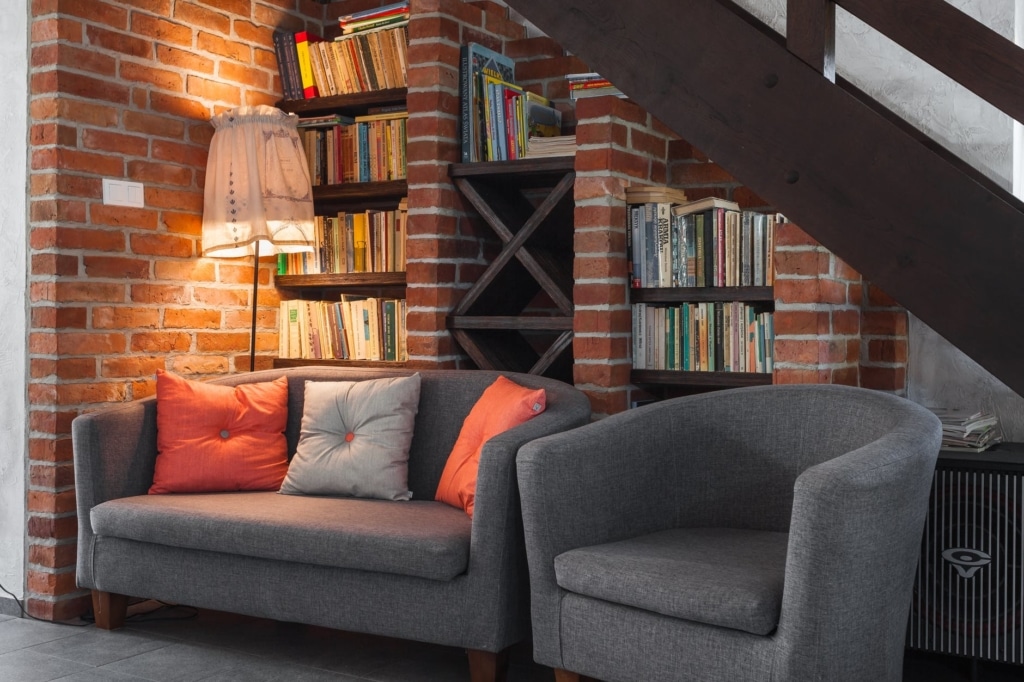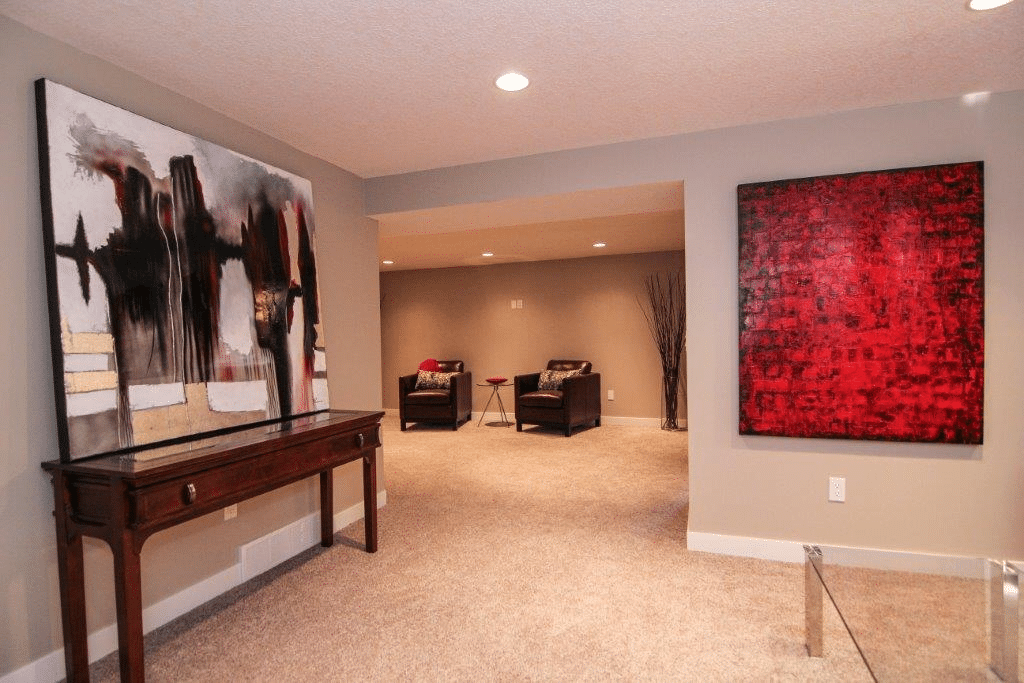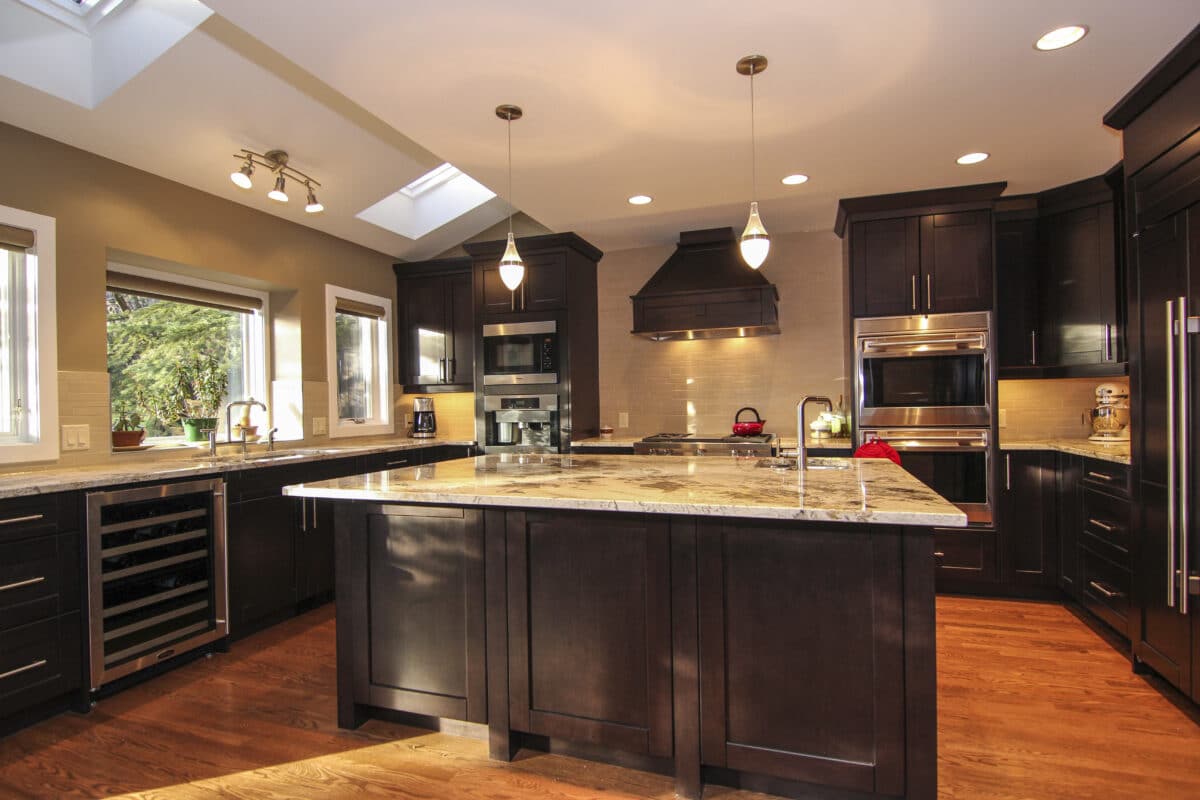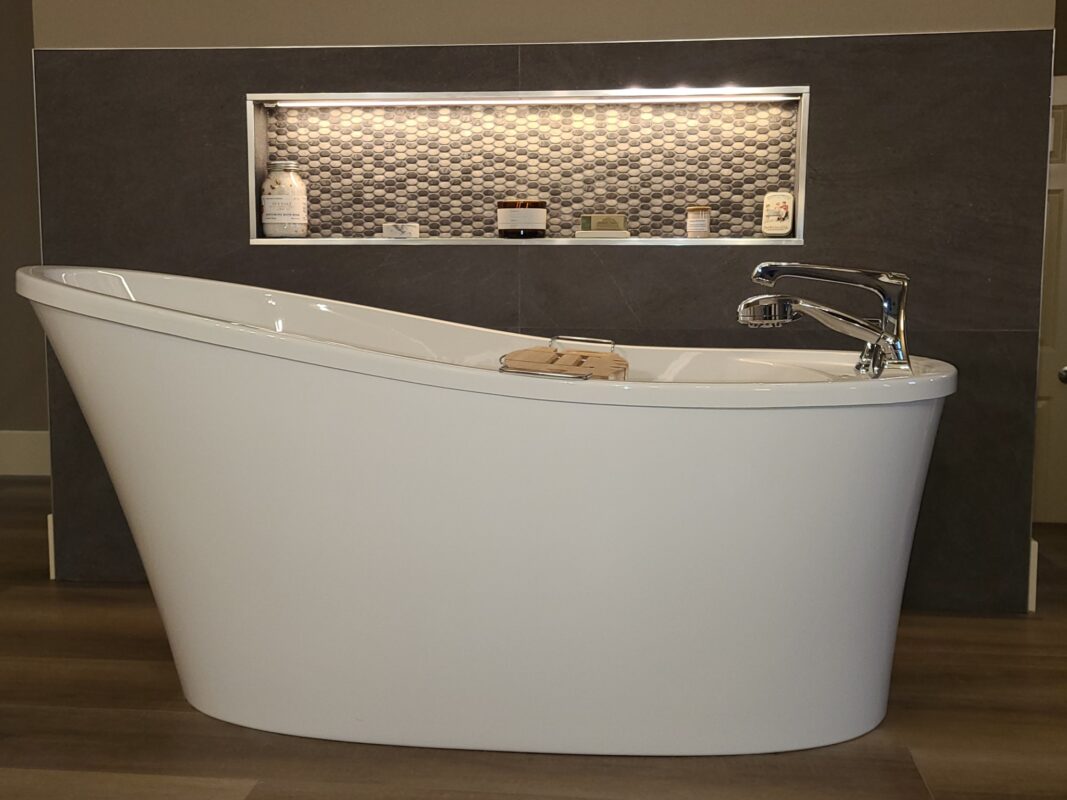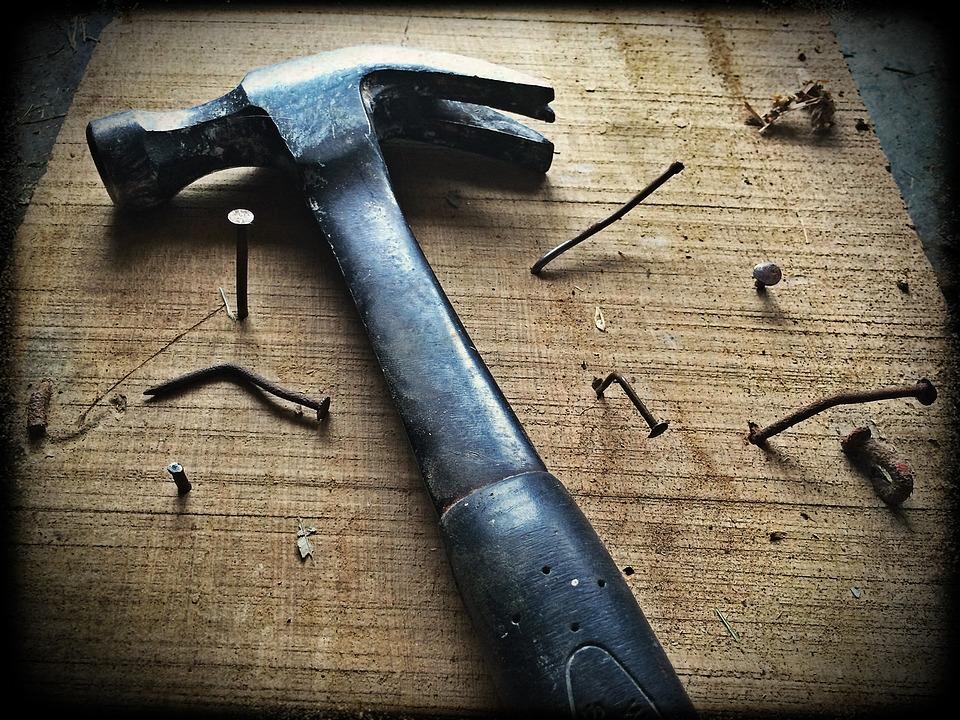With the rising popularity of fitness and the desire for personalized workout experiences, people are now focusing on designing their own home gyms. Renovating a dedicated workout area within your home not only saves time and money in the long run but also allows for greater flexibility and customization to meet your specific fitness needs. If you’re considering designing a home gym, here are some tips to help you create an effective and inspiring workout space.
Home Gym Tips
Assess Your Available Space
Before working on your home gym renovation project, it’s essential to assess the available space you have. Take into consideration the dimensions, layout, and any existing features that might impact your gym setup. Common options for home gyms include spare bedrooms, basements, garages, or even unused corners of larger rooms. Ensure that the area is well-ventilated and has adequate lighting.
Set Fitness Goals
Identifying your fitness goals is crucial in determining the equipment and layout of your home gym. Are you looking to build strength, improve cardiovascular fitness, or engage in specific exercises like yoga or Pilates? Knowing your goals will guide your equipment choices and help you create a well-rounded workout space that meets your needs.
Consider the Equipment
Based on your fitness goals, research and invest in the appropriate equipment. Some essential pieces may include:
- Cardio machines: Treadmills, stationary bikes, elliptical trainers, or rowing machines.
- Strength training equipment: Dumbbells, barbells, weight plates, resistance bands, and a weight bench.
- Functional training tools: Stability balls, medicine balls, kettlebells, and suspension trainers.
- Flexibility and recovery aids: Yoga mats, foam rollers, and massage tools.
Ensure the equipment fits your available space and allows for safe and comfortable movement. Opt for quality equipment that aligns with your fitness goals and budget.
Plan for Proper Flooring:
Home gym flooring is often overlooked but plays a crucial role in creating a safe and efficient workout space. Choose flooring that offers shock absorption, sound insulation, and durability. Some popular options include rubber flooring, foam tiles, or interlocking mats. The flooring should be easy to clean and maintain, especially considering the potential for sweat and heavy equipment.
Focus on Lighting and Mirrors
Good lighting and mirrors can significantly enhance your home gym experience. Natural light is ideal, but if that’s not doable, invest in bright, energy-efficient LED lights that evenly illuminate the space. Mirrors are beneficial for monitoring your form during exercises and creating a sense of spaciousness within the gym. Consider placing full-length mirrors strategically to provide a comprehensive view of your workouts.
Create an Inspiring Atmosphere
Designing a home gym isn’t just about functionality; it’s also about creating a motivating environment. Personalize the space with colors, motivational quotes, artwork, or even a sound system to keep you energized during workouts. Surround yourself with elements that inspire and uplift your mood.
Optimize Storage and Organization
To keep your home gym clutter-free and functional, incorporate storage and organization solutions. Install shelves, hooks, or cabinets to neatly store smaller equipment, accessories, and cleaning supplies. Ensure easy access to towels, water bottles, and other essentials to maximize convenience during workouts.
Consider Safety Measures
Safety should be a top priority when designing your home gym. Ensure that all equipment is properly assembled and anchored, especially if you’re using heavy weights or resistance bands. Install safety measures like non-slip mats, handrails, and grab bars if needed. If you have children or pets, consider implementing childproofing measures to prevent accidents.
Plan for Ventilation and Climate Control
Proper ventilation and climate control are crucial for maintaining a comfortable and healthy workout environment. Good airflow helps dissipate heat and reduces the buildup of odors and moisture. If your gym space lacks natural ventilation, consider installing ceiling fans, exhaust fans, or air purifiers to improve air quality. Additionally, ensure that the temperature is regulated, especially if you live in extreme climates, by incorporating air conditioning, heating, or fans as needed.
Allow for Flexibility and Multi-Purpose Use
While it’s important to have dedicated space for your workout equipment, it can also be beneficial to allow for flexibility and multi-purpose use of the area. Consider incorporating flexible storage solutions or foldable equipment that can be easily stored or moved when not in use. This will allow you to utilize the space for other activities or convert it into a guest room if necessary.
Incorporate Technology
Make the most of modern technology to enhance your home gym experience. Install a sound system or speakers to play motivational music or stream workout classes. Consider mounting a television or installing a projector to follow along with exercise videos or virtual trainers. Additionally, fitness trackers and smartwatches can help you monitor your progress and stay motivated.
Hiring a Contractor to Create Your Home Gym
There are several benefits to hiring a contractor to create your home gym. Here are some of them:
- Expertise and Professional Guidance: Contractors have the knowledge and experience to guide you through the entire process of designing and constructing a home gym. They understand the technical aspects, safety requirements, and best practices involved in creating a functional and efficient workout space. Their expertise ensures that your gym is well-designed and meets your specific fitness goals.
- Customized Design Solutions: Contractors can provide personalized design solutions tailored to your needs and preferences. They will assess your available space, listen to your fitness goals, and collaborate with you to create a gym layout that optimizes the use of the area. Their expertise in space planning and equipment placement ensures that your gym is both aesthetically pleasing and functional.
- Efficient Project Management: Hiring a contractor helps streamline the renovation process. They take care of managing the project, including coordinating with subcontractors, scheduling deliveries, and overseeing the construction work. Their project management skills ensure that the renovation progresses smoothly and is completed within the agreed-upon timeline.
- Access to Quality Materials and Equipment: Contractors have access to a wide range of high-quality materials and equipment needed for your home gym. They can source and recommend the best options based on your budget and requirements. Their industry connections often allow for cost savings and access to specialized gym equipment that may not be easily available to the public.
- Compliance with Building Codes and Regulations: Contractors are well-versed in local building codes and regulations. They ensure that your home gym meets all the necessary safety and structural requirements. This includes aspects such as proper electrical wiring, ventilation, flooring, and adherence to weight-bearing capacities. By working with a contractor, you can have peace of mind knowing that your gym is built to code.
- Time and Cost Savings: While hiring a contractor involves an upfront investment, it can save you time and money in the long run. Contractors have the experience and knowledge to avoid costly mistakes and delays during the construction process. They can also provide accurate cost estimates and help you make informed decisions to stay within your budget.
- Warranty and Post-Construction Support: Reputable contractors often offer warranties on their workmanship. This means that if any issues arise with the construction or materials used, they will rectify them at no additional cost. Additionally, contractors can provide ongoing support and maintenance recommendations to ensure the longevity of your home gym.
Hiring a contractor for your home gym renovation brings several advantages, including their expertise, customized design solutions, efficient project management, access to quality materials, compliance with regulations, time and cost savings, and post-construction support. Their involvement can help you create a professionally designed and well-built workout space that aligns with your fitness goals and enhances your overall exercise experience.
Designing a home gym involves careful planning and consideration of your fitness goals, available space, equipment selection, safety measures, and overall ambiance. A well-designed home gym will not only inspire you to achieve your fitness goals but also provide convenience and flexibility in your fitness routine.




